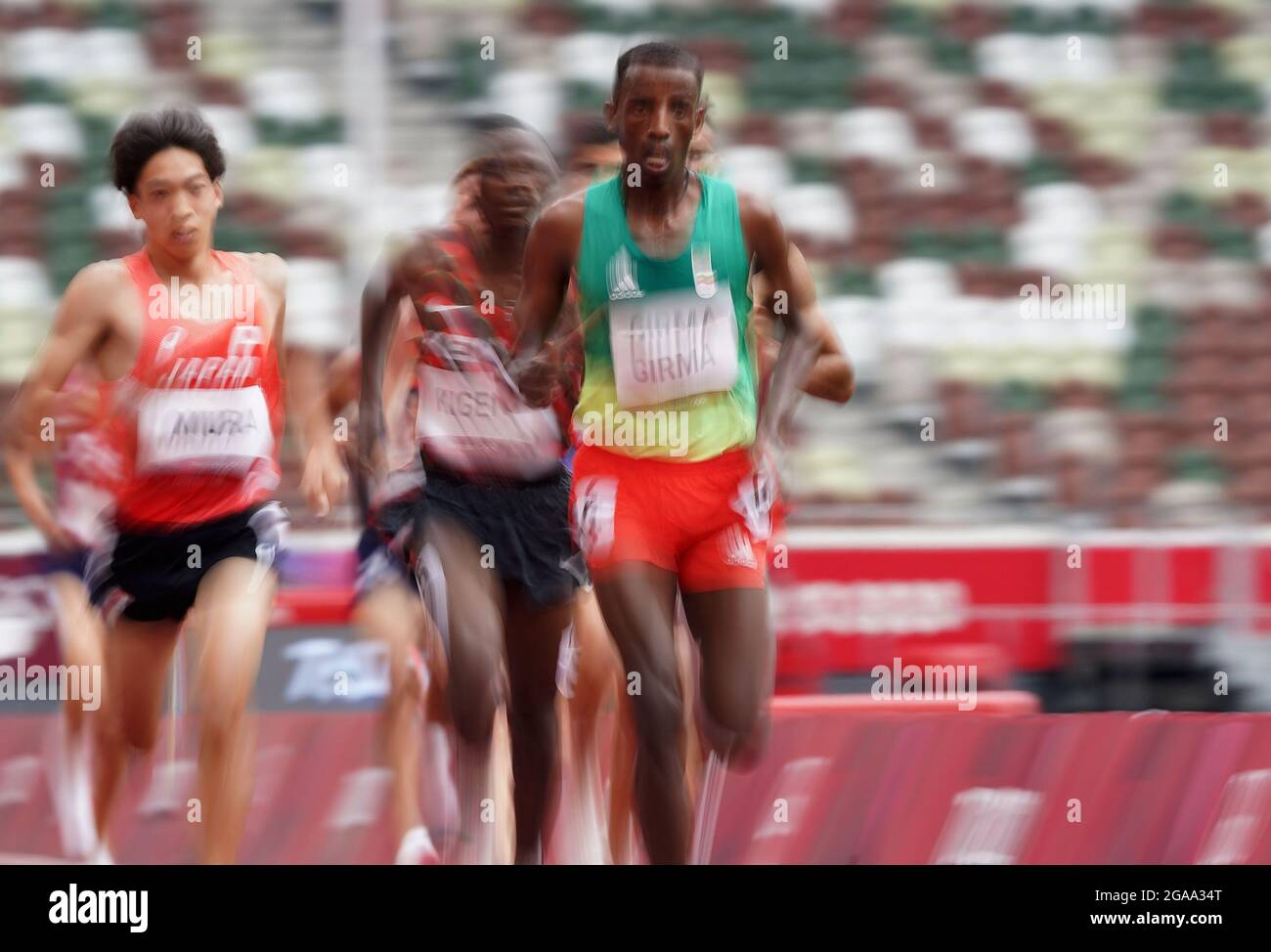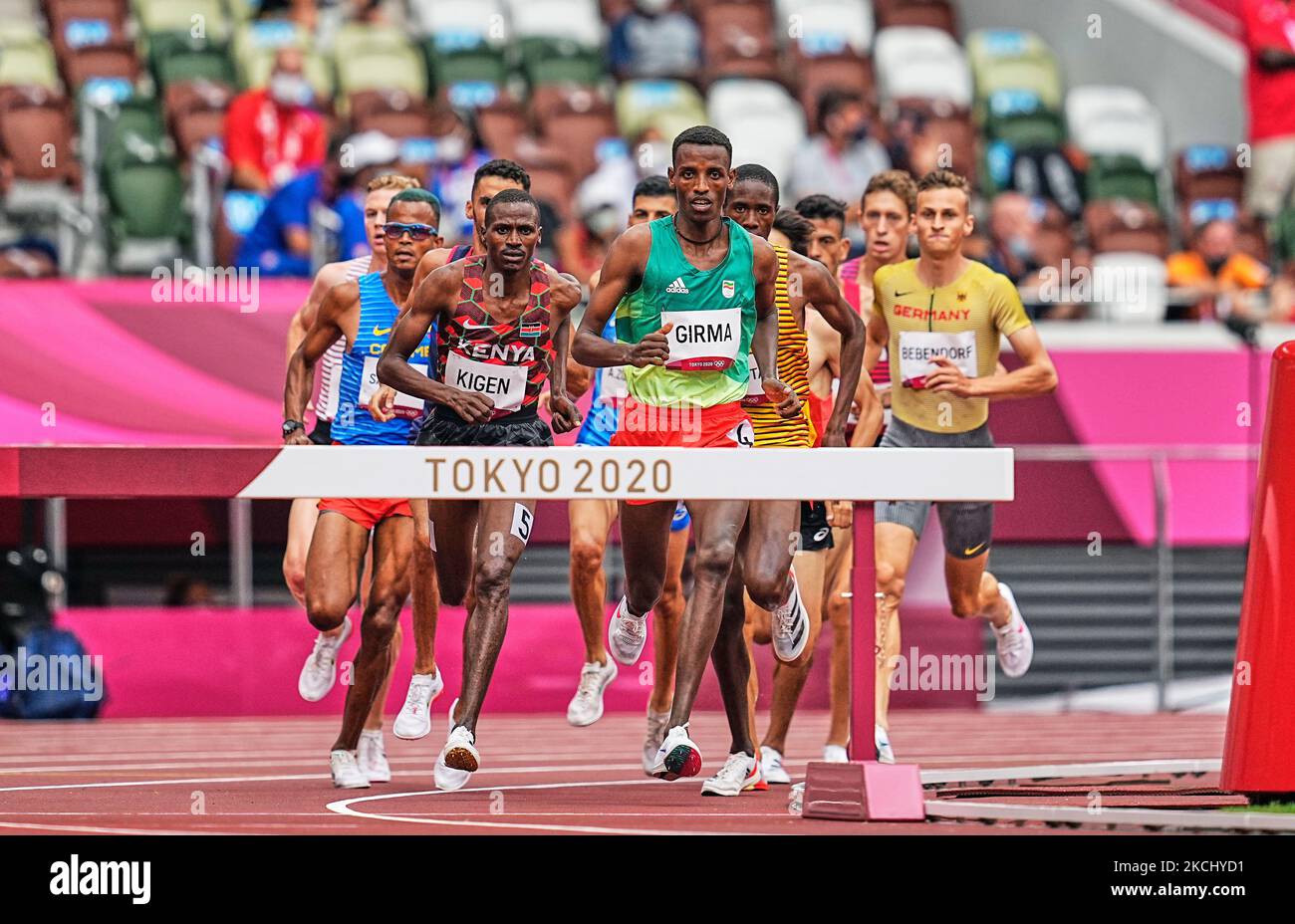Analyzing the Fall: Girma Steeplechase Fall

The Girma Steeplechase, a thrilling test of horse and rider, unfortunately carries a risk of falls. These incidents can have serious consequences, impacting both the horse and rider. Analyzing the causes and consequences of falls is crucial for understanding the inherent dangers of the sport and for implementing measures to mitigate risk.
Causes of Falls, Girma steeplechase fall
Falls in steeplechase racing can stem from a variety of factors, including course conditions, horse health, and rider errors.
- Course Conditions: The Girma Steeplechase features challenging obstacles, such as fences and water jumps. These obstacles can be slippery when wet, and uneven terrain can lead to stumbles and falls. Additionally, poor visibility due to weather conditions can contribute to rider misjudgments.
- Horse Health: A horse’s health is paramount in steeplechase racing. Injuries, lameness, or fatigue can affect a horse’s performance and increase the risk of a fall. Pre-race veterinary checks are crucial for ensuring the horse’s well-being.
- Rider Errors: Rider errors, such as misjudging the course, losing control of the horse, or making a poor jump, can lead to falls. Inexperience, fatigue, and lack of focus can all contribute to rider mistakes.
Consequences of Falls
Falls in steeplechase racing can have serious consequences for both horses and riders.
- Horse Injuries: Falls can cause a range of injuries to horses, including broken bones, ligament damage, and soft tissue injuries. These injuries can be life-threatening and may require extensive veterinary care and rehabilitation.
- Rider Injuries: Riders are also at risk of serious injuries, including concussions, broken bones, and spinal cord injuries. Falls can lead to long-term health problems, including chronic pain and disability.
Safety Measures and Regulations
To minimize the risk of falls, several safety measures and regulations are in place for steeplechase events.
- Course Inspections: Thorough inspections of the course are conducted before each race to ensure that obstacles are safe and the terrain is suitable for racing.
- Veterinary Checks: All horses participating in steeplechase events undergo veterinary checks to ensure they are healthy and fit to race.
- Rider Training: Riders undergo extensive training to develop the skills and knowledge necessary to navigate the challenging course safely.
- Safety Equipment: Riders are required to wear protective gear, including helmets, body protectors, and boots, to minimize the risk of injury in the event of a fall.
The Girma Steeplechase Fall

The Girma Steeplechase, a renowned equestrian event, has witnessed its fair share of falls, some more dramatic than others. These falls, while unfortunate, provide valuable insights into the inherent risks of the sport and the factors that contribute to them. This section delves into a specific Girma Steeplechase fall, analyzing its contributing factors and offering a detailed account of the incident.
A Case Study of a Girma Steeplechase Fall
The incident occurred during the 2023 Girma Steeplechase, a race known for its challenging terrain and demanding obstacles. The horse involved, a bay gelding named “Braveheart,” was ridden by an experienced jockey, Sarah Jones. As the race approached the final water jump, Braveheart stumbled, causing Sarah to be thrown from the saddle. The fall resulted in minor injuries for Sarah, while Braveheart remained unharmed.
Factors Contributing to the Fall
The fall was attributed to a combination of factors, including:
- Horse Characteristics: Braveheart, while a strong and athletic horse, had a history of being slightly hesitant at water jumps. This inherent nervousness, coupled with the challenging nature of the final jump, likely contributed to the stumble.
- Rider Experience: Despite Sarah’s extensive experience as a jockey, the demanding nature of the course and the unpredictable behavior of the horse contributed to the fall. The challenging terrain and the high-speed nature of the race could have affected her ability to react quickly to the horse’s stumble.
- Course Conditions: The final water jump was particularly challenging, with a steep incline and a slippery landing. The wet conditions on race day likely exacerbated the risk of a fall, making it difficult for the horse to maintain its footing.
Visual Representation of the Fall
[Insert a detailed description of a diagram or illustration depicting the sequence of events leading to the fall. Include specific details like the horse’s position, the rider’s posture, and the location of the water jump. Provide a clear and concise narrative of the fall, starting from the horse’s approach to the jump to the rider’s dismount.]
Girma steeplechase fall – Girma’s fall during the steeplechase has sparked discussions about the safety of the sport. Some argue that the inherent risks are part of the thrill, while others call for stricter safety protocols. A similar debate arose in the art world surrounding the controversial works of kenneth rooks , whose bold and often shocking pieces challenged traditional boundaries.
Just as with Girma’s fall, the controversy surrounding Rook’s art raised questions about the limits of artistic expression and the potential consequences of pushing those limits.
The steeplechase fall that sidelined Girma left fans wondering about his recovery. While he recuperates, perhaps he can find comfort in a executive racing PU leather office chair for his home office. This chair’s supportive design and luxurious leather upholstery would be a welcome respite for the injured athlete.
Girma’s return to the track is eagerly awaited, but for now, a comfortable chair can help him heal in style.